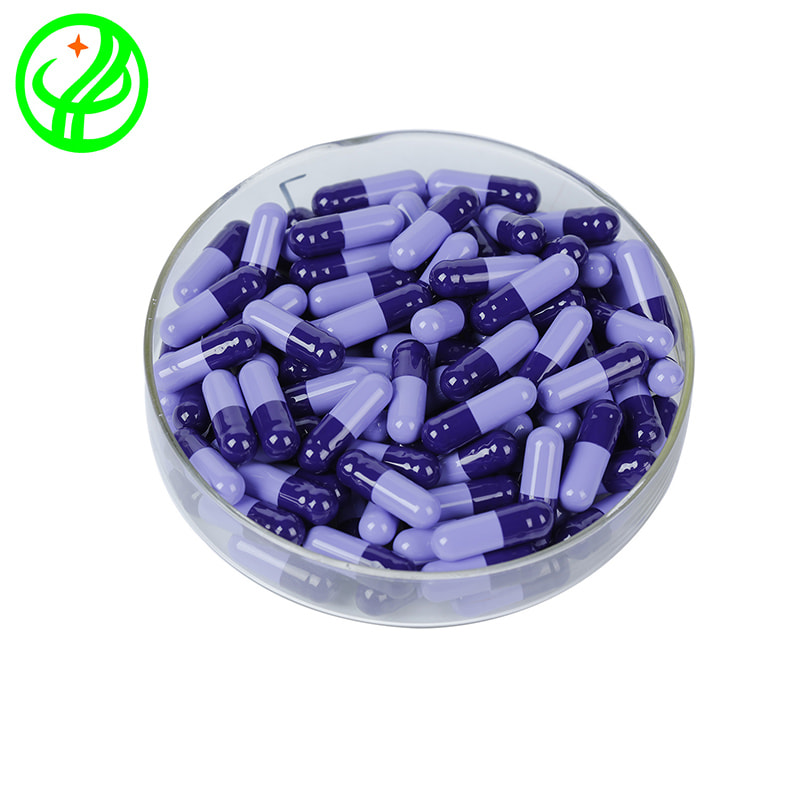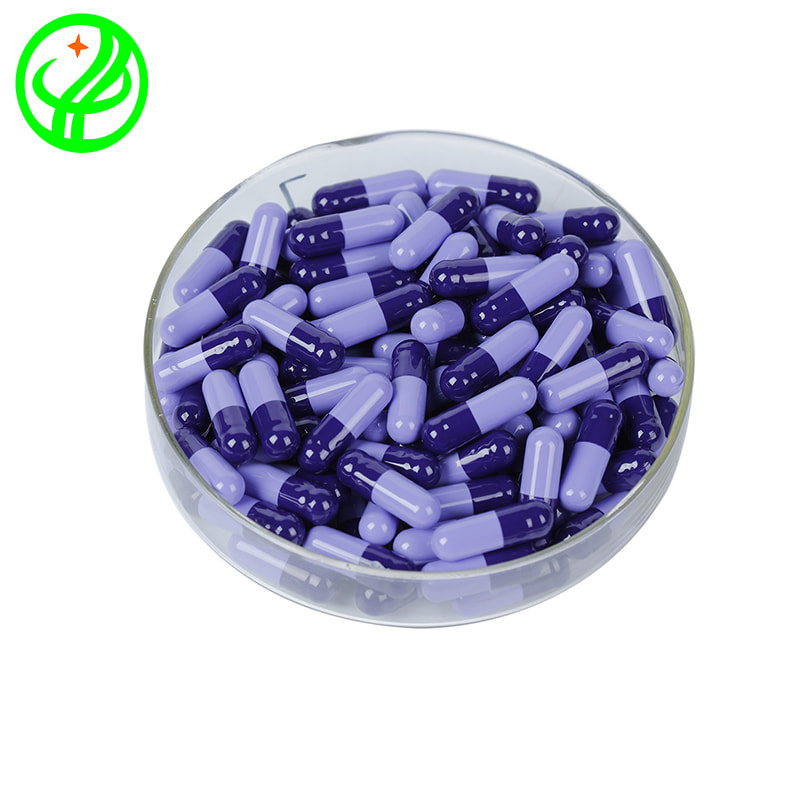Product Consultation
Your email address will not be published. Required fields are marked *


Now, with the country's requirements for building energy conservation and environmental protection, the building additive hydroxypropyl methyl cellulose has been trusted by more and more builders. At present, the quality of domestic hydroxypropyl methyl cellulose varies, and the price varies. Great disparity, resulting in greatly reduced water retention, adhesion and other properties of the product, resulting in many construction quality problems, making it difficult for customers to make the right choice.
The following differences exist between pure HPMC and adulterated HPMC:
1. Pure HPMC has a fluffy visual state and a small bulk density, ranging from 0.3-0.4g/ml; adulterated HPMC has better fluidity and heavier hand feel, which is significantly different from the original appearance.
2. The pure HPMC aqueous solution is clear, with high light transmittance, and the water retention rate is ≥97%; the adulterated HPMC aqueous solution is turbid, and the water retention rate is difficult to reach 80%.
3. Pure HPMC should not smell ammonia, starch and alcohol; adulterated HPMC can often smell various flavors, even if it is tasteless, it will feel heavy.
4. Pure HPMC powder is fibrous under microscope or magnifying glass; adulterated HPMC can be observed as granular solid or crystal under microscope or magnifying glass.

Common adulteration methods and identification methods:
1. Adding the cellulose ether of the amide can make the solution viscosity of the cellulose ether increase rapidly, which makes it impossible to identify with a viscometer.
Identification method: Due to the characteristics of amides, this kind of cellulose ether solution tends to appear wire drawing, but good cellulose ether will not appear wire drawing after dissolving, the solution is like jelly, so-called sticky and not connected.
2. Add cellulose ether of starch. Starch is generally insoluble in water, and the solution tends to have poor light transmittance.
Identification method: Drop into the cellulose ether solution with iodine, if the color turns blue, it can be considered that starch has been added.
3. Add polyvinyl alcohol powder. As we all know, the market price of polyvinyl alcohol powder such as 2488 and 1788 is often lower than that of cellulose ether, and mixing polyvinyl alcohol powder can reduce the cost of cellulose ether.
Identification method: This kind of cellulose ether tends to be granular and dense. It dissolves quickly with water. Pick the solution with a glass rod, and there will be a more obvious drawing phenomenon.
Your email address will not be published. Required fields are marked *
If you would like to learn more about our products, please feel free to contact us and we will do our to assist you.
No.1 Tianzhu 3rd Road, Dufu Town, Xinchang County, Zhejiang Province
86-575 8606 0065
86-159 8825 2009
+86 159 8825 2009
+1 380 215 7432
